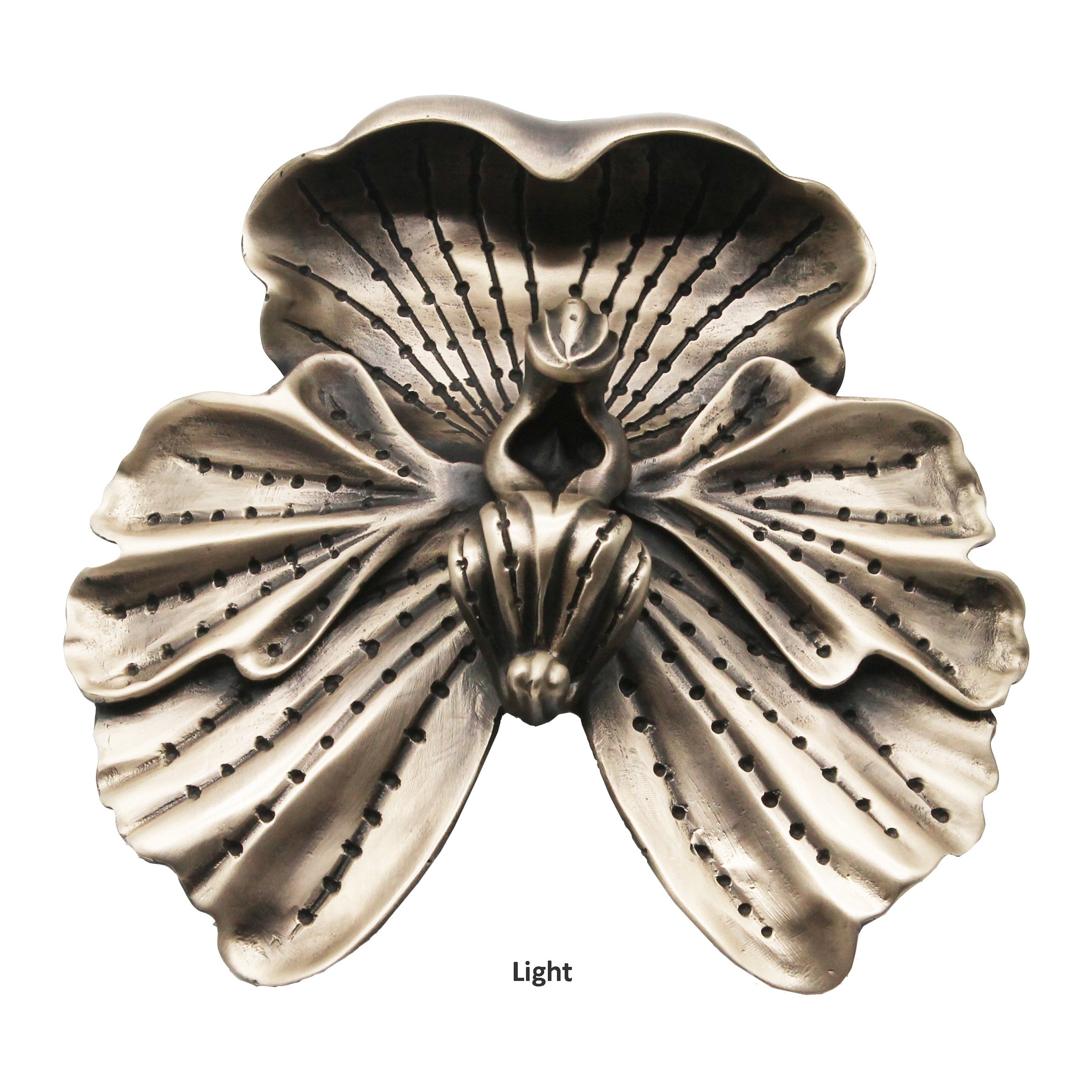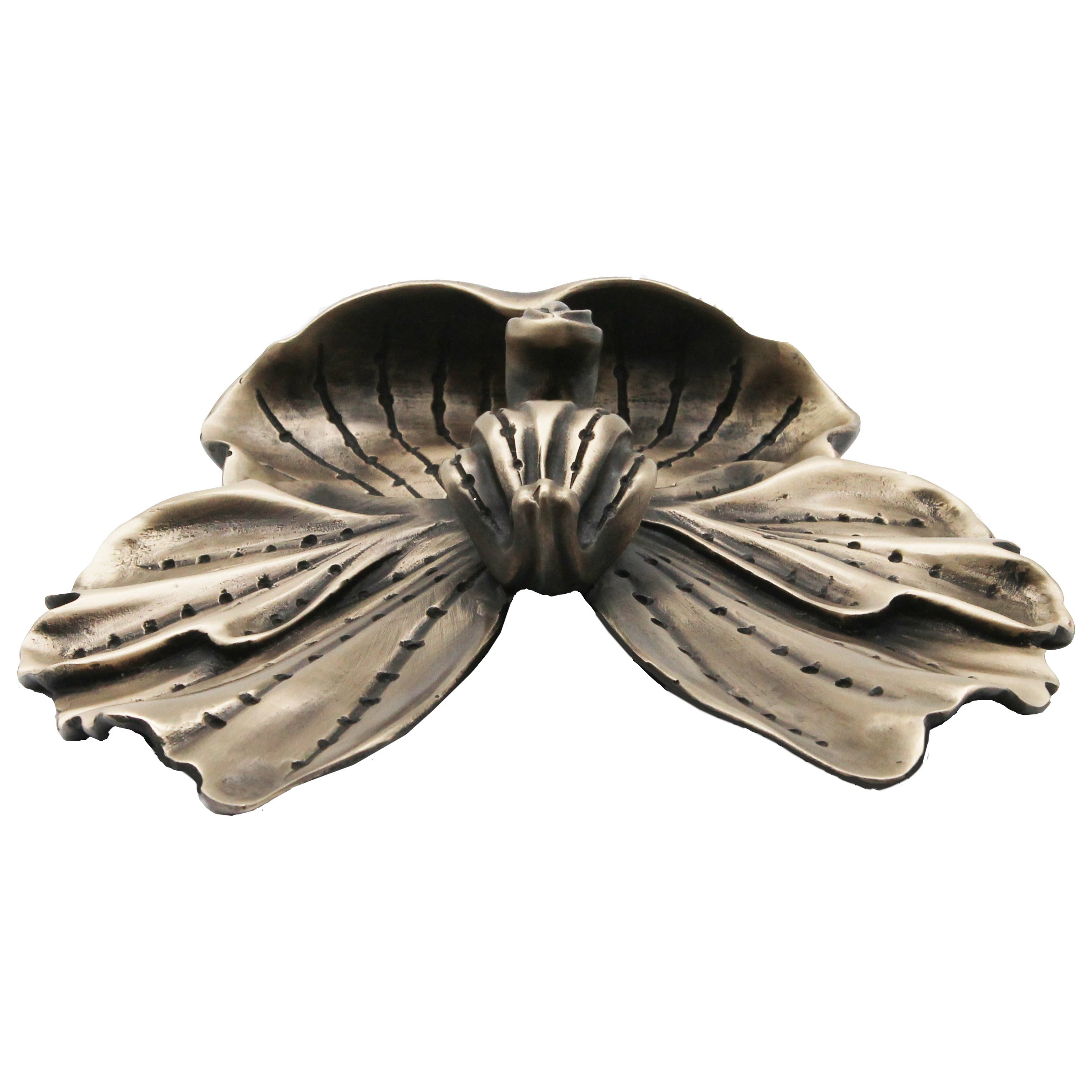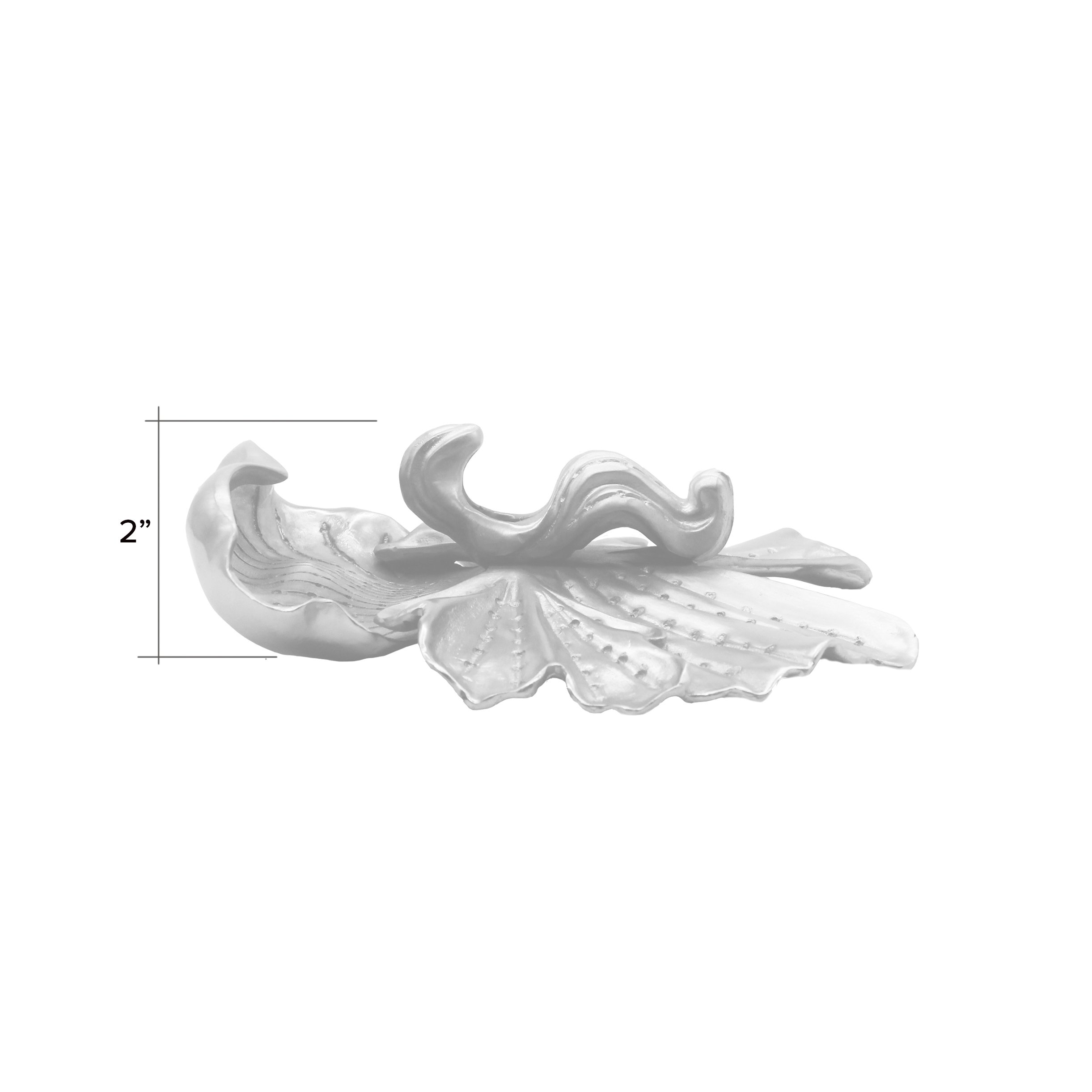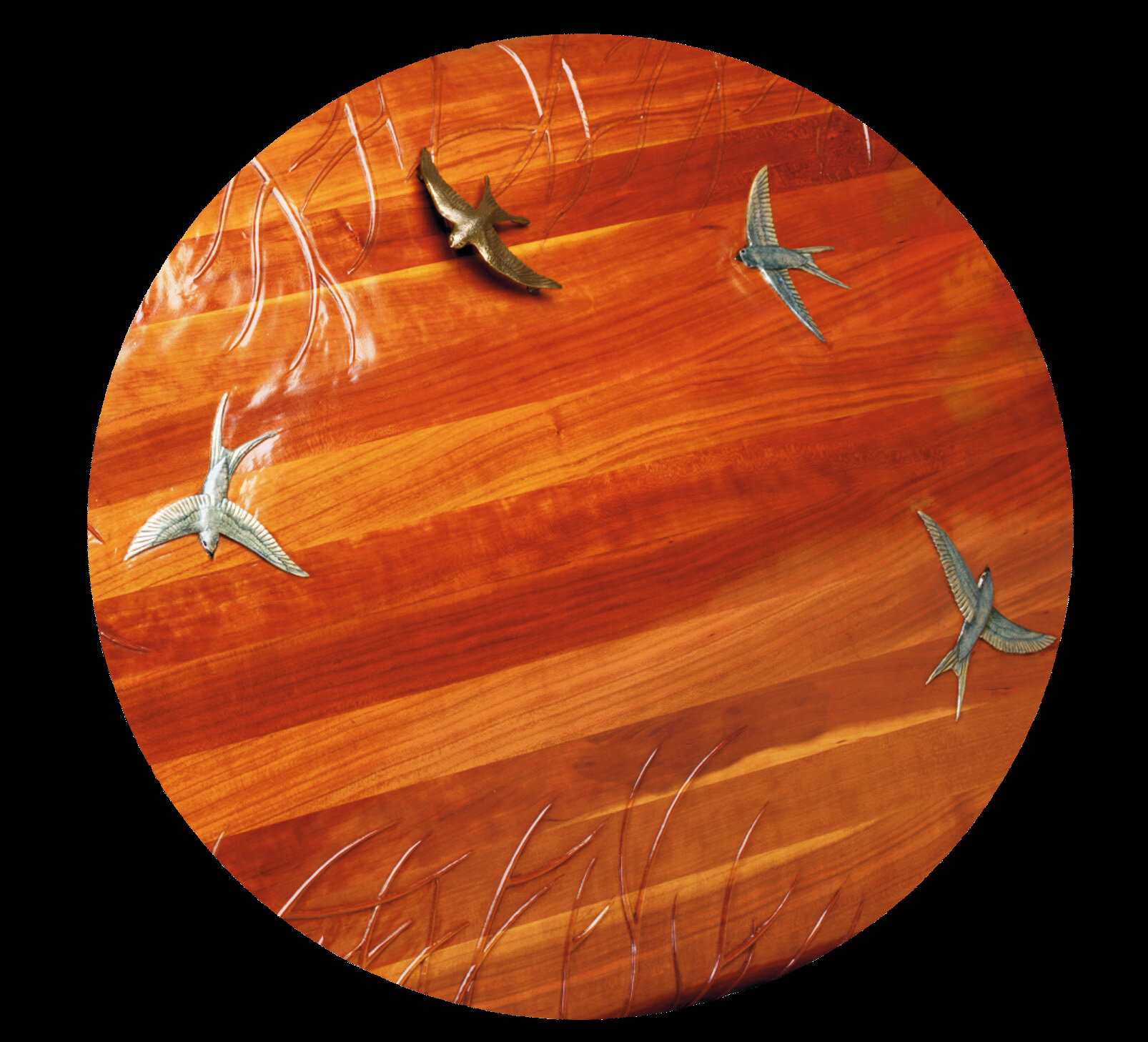Light or Dark or both?
Choosing the right finish for your door handle can be a challenge. While the English language may provide innumerable ways to describe the color of a patina and while images of pieces in situ obviously help, we often find that perception of color and noun use are incredibly subjective. Moreover, the finish of the patina in our opinion should not be monotone but should allow for variation without which the patina piece will look dull and the beauty of the bronze alloy will be lost.
Images are useful guidelines.
The cabinet hardware pages of our website show each piece in a light and dark oil rubbed patina.
As you can see from the above image, each piece has different flat and recessed sections and since the fluid patina settles in the recesses 2 different pieces finished with the same chemical patina may appear quite different. Smooth surfaces will slough off the patina so our contemporary cabinet pulls are light sand blasted to roughen the surface so the chemical can adhere.
Highlights
Our patina artist has honed his craft over the years to create subtle beautiful finishes. The nose, toes and and tail tip of the gecko are very gently buffed as are the wing tips of the butterfly to re-expose the golden bronze beneath the patina.
Choose both?
Our door sets create a mix and match option used to full advantage recently by the talented Georgina Rice.To continue the plated nickel finish of the Willow pieces in the bathroom she designed while keeping the bronze tones of the hallway we plated the Willow knob in an enamel and oil rubbed the exterior knob.
Below you will see how the Willow knob set has been used to achieve a split finish knob set.






















































